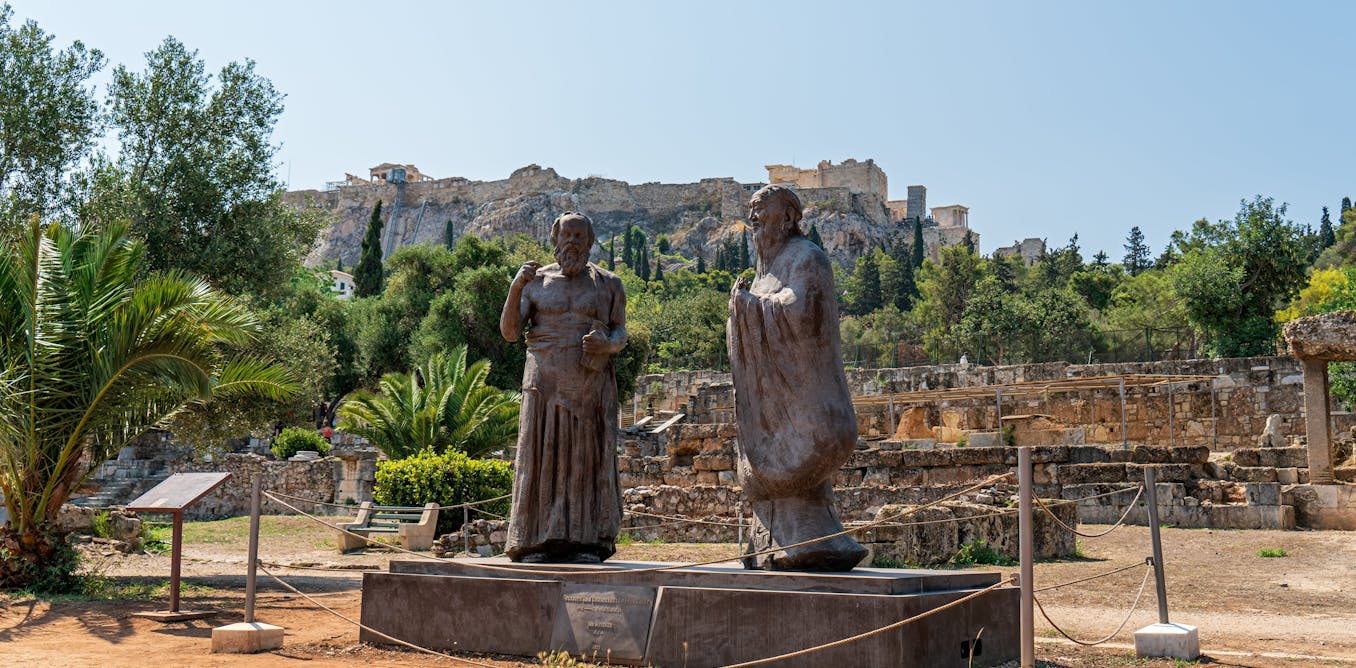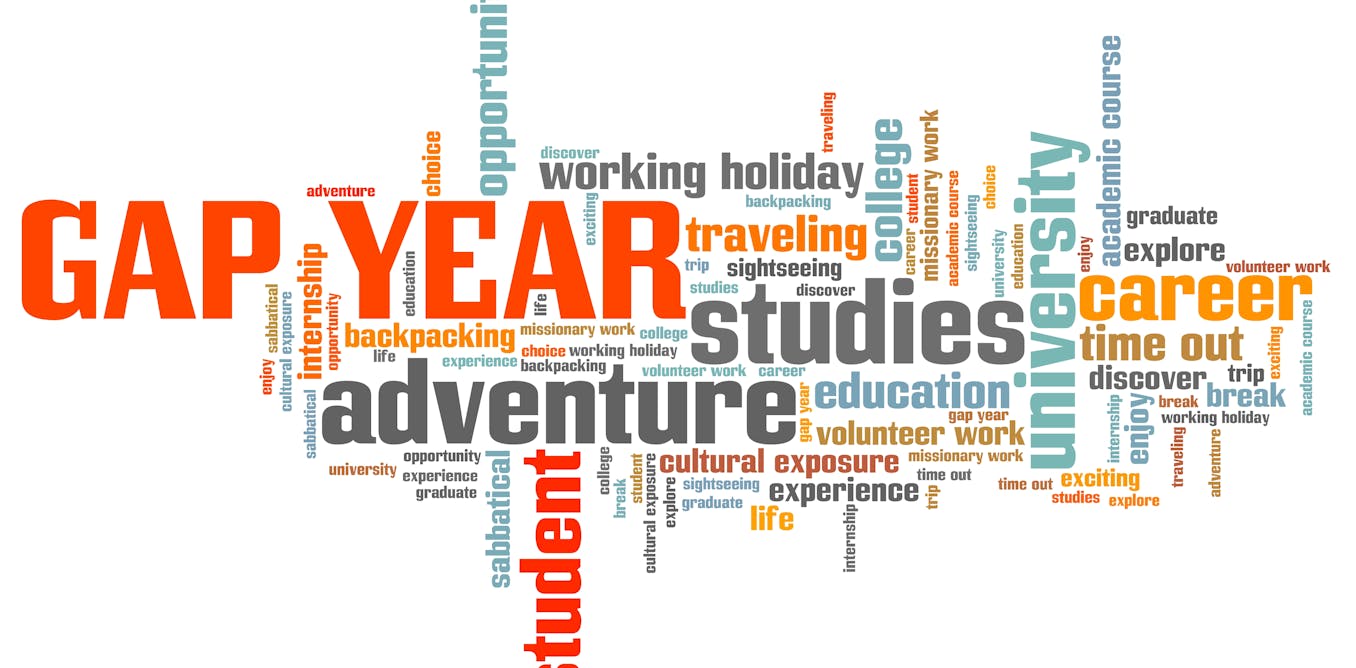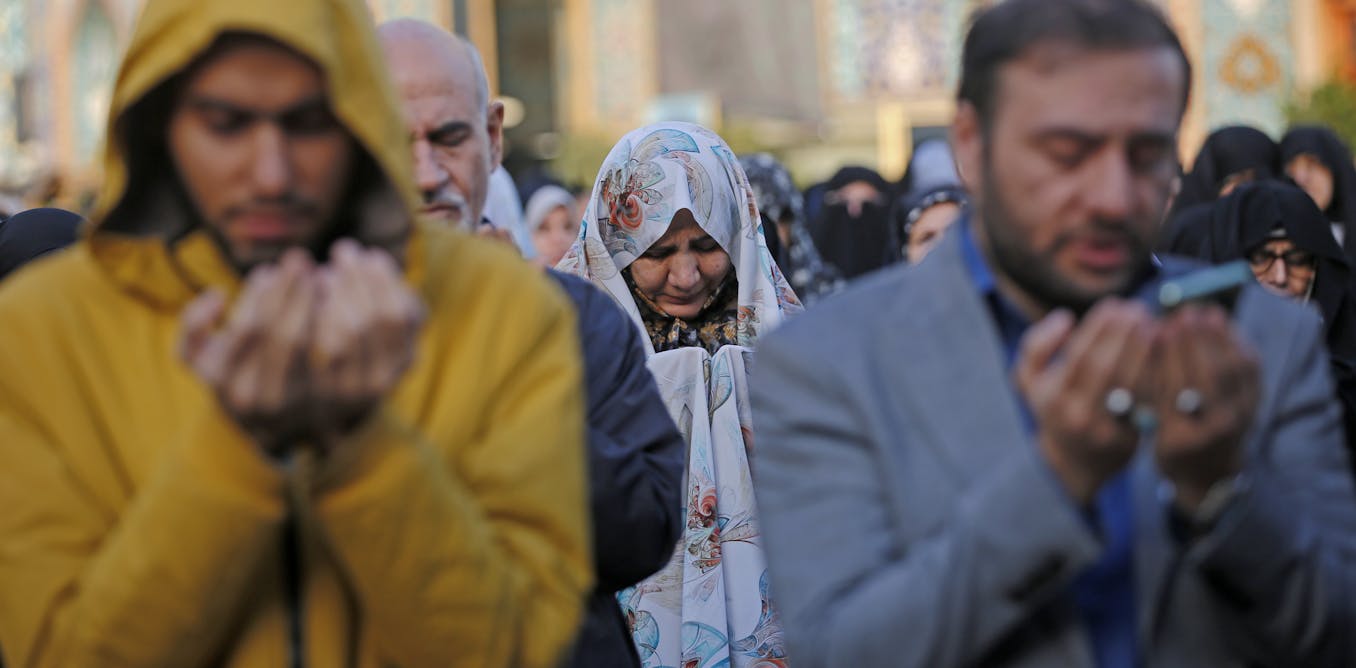In 2011, Earle Havens, Director of the Virginia Fox Stern Center for the History of the Book in the Renaissance at Johns Hopkins, had a mission: He needed to convince his university to buy “an enormous collection of fake stuff.” The collection, known as Bibliotheca Fictiva, comprised over 1,200 literary forgeries spanning centuries, languages, and countries — beautifully bound manuscripts carrying black ink annotations allegedly penned by Shakespeare; works written by Sicilian tyrants, Roman poets, and Etruscan prophets; poems by famous priests and theologians — all of them in part or entirely fabricated.
It was an unusual task for a scholar dedicated to studying the truth, but Havens was adamant. “We have never before needed a collection like this more than we need it right now,” he told the Dean of Libraries at the time. The internet and the increasing popularity of social media were changing how information was written, disseminated, and consumed, giving rise to the phenomenon of fake news as we now know it. In such a “crazy, rapid-fire information world,” the collection of ancient lies and misrepresentations of facts contained in the Bibliotheca Fictiva could offer guidance on how to navigate the moment, demonstrating that “what’s happening now has, in fact, been happening since the very invention of language and writing,” Havens said.
His pitch was successful. Johns Hopkins University acquired the collection for an undisclosed amount and housed it in the wainscoted library room of the Evergreen Museum and Library, a 19th-century mansion in Baltimore.
The sellers were Arthur and Janet Freeman, a couple of book merchants who made their name in the tight-knit world of antiquarian booksellers by collecting fascinating literary forgeries. Their venture started in 1961, when Arthur Freeman, then a graduate student of Elizabethan drama at Harvard University, began acquiring sources on John Payne Collier. Collier, a well-respected 19th-century scholar, had caused a ruckus among his contemporaries when he claimed to have found thousands of annotations to a copy of Shakespeare’s Second Folio, which he said had been penned by a contemporary of Shakespeare — but was in fact forged by Collier himself.
In the decades that followed, Freeman, who died in 2025, assembled a vast array of literary fakes, collecting books whose content is deceiving in nature. These included poetry purported to have been written by Martin Luther, who was not much of a poet, or reports of Pope Joan, a woman who, in the Middle Ages, disguised herself as a man and was elected Pope, only to be caught out when she suddenly gave birth in the middle of a procession in Rome. The latter myth was perpetuated for centuries and was not firmly debunked until the 17th century.
Since Johns Hopkins acquired the collection, Havens and other professors have been using these works to teach students about media literacy and misinformation. This is a relatively recent development in academia, where scholars have mostly snubbed the history of forgery. “Over time, a light bulb has gone off in this information environment, and people are going back to the past to learn things about disinformation and fakery that are keenly relevant today,” Havens said. “And it’s kind of comforting to know that this isn’t simply a phenomenon of the current digital social media environment.”
One of the most important things students can learn from the collection is not so much the ability to recognize whether the content of a text is true or not, but rather that writing is often created with an intention behind it. Chinyere Ihim, a liberal arts graduate student at Johns Hopkins, where she attended Havens’ summer seminar, said this gave “more lucidity and clarity” to her approach to consuming news and information.
“It shifted my focus from ‘Is it true?’ to ‘Who created this? Who benefits from this, and why? What are they trying to do? What are they trying to exploit?’” she said. “When I hear a piece of news that seems suspicious, I ask myself, ‘What fear, what desire, what cultural anxiety is this story exploiting?’ There’s always a reason for it.”
For instance, the reason behind the “Donation of Constantine,” possibly the most relevant forgery in the history of Western culture, is obvious. The eighth-century fake edict claimed that the Roman Emperor Constantine had gifted the Western part of the Roman Empire to the Pope, and it was used for centuries by the papacy to support its claims of political authority — until the decree was debunked in 1440 by the humanist scholar Lorenzo Valla.
For Ihim, reading ancient travelogues with fabricated accounts of journeys to distant lands, inhabited by people who were described as “curiosities or savages,” made her realize how powerful and potentially harmful narratives can be. “These fictional stories became the blueprint for the transatlantic slave trade,” she said. “Imagination actually became a reality, which is a scary thing.”
Granted, the information environment has changed radically since the times of the Donation of Constantine or travelogues, and it’s now undergoing a couple of especially tumultuous decades. Kirsten Eddy, a senior researcher at Pew Research Center who specializes in news and information habits, notes that the internet and social media have changed people’s attitudes toward information.
“People are exposed to more information from more sources than ever before,” Eddy said. “It’s not only difficult for people to know what to trust, but they also feel increasing fatigue with or even avoidance of the news.” In the U.S., public trust in major institutions and news media has steadily fallen in the 21st century, with trust in national news organizations declining in particular over the past decade, according to the Pew Research Center.
The proliferation of generative AI is likely to worsen this moment of doubt. A recent report from the fact-checking website NewsGuard found over 1,200 websites producing unreliable AI-generated news “with little to no human oversight.” “People’s confidence in their own abilities to identify fake information or AI-generated information is not broad,” Eddy said.
Generative AI does have the potential to shake “the foundations of how text is created,” and decrease “our trust in the written word,” in general, as Thomas Hellström, who leads the intelligent robotics group at Umeå University in Sweden, theorized in a recent paper.
Still, another way to view it is that AI is the latest tool in humanity’s long history of shaping and distorting narratives. Damien Charlotin, a researcher at HEC Paris and Sciences Po, where he studies large language models, law, and disinformation, notes that, in the legal context, there are cases of AI creating fake legal cases used to support legal arguments.
“But in the legal domain, playing fast and loose with authorities, cooking and pasting strings of citations, fudging and bashing arguments in bad faith has always happened,” he said. “What changes is that, because there is this new tool that can create things that do not even exist, we can now more easily spot sloppy, bad lawyers.”
But the bad lawyers, with their bad arguments, were there before AI, too, much like the human tendency to lie, fake, and forge texts was there before we coined the term “fake news,” as the Bibliotheca Fictiva attests.
In 2024, Havens and Christopher Celenza, Dean of Johns Hopkins’ Krieger School of Arts and Sciences, hosted a virtual seminar on the history of misinformation.
“The scale and speed of the change in media that we are undergoing is unprecedented in human history,” the university wrote in a description of the seminar. “Nevertheless, people in the past have faced moments of crisis — moments when writing seemed unreliable, when the format of written information changed, and when new publication formats forced reevaluations of the nature of truth.”
In these precarious moments, it’s worth remembering that humanity’s track record in overcoming them is promising. Accumulated expertise, of the type found in libraries, universities, government agencies, and scientific institutions, tends to come out on the winning side. The question today is whether that expertise can keep pace with the speed and scale of deception — and to what extent the public will keep stride, too.
“There’ll be crazy theories, there’ll be people who propound conspiracies, there’ll be mistakes,” Celenza said. “But hopefully, over time, if we can stick together, we’ll realize that aggregated expertise is still something we should be fighting for.”
This article The world’s largest library of lies has good news about fake news is featured on Big Think.

The post “The world’s largest library of lies has good news about fake news” by Bianca Giacobone, Guido G. Beduschi was published on 10/13/2025 by bigthink.com


































Leave a Reply